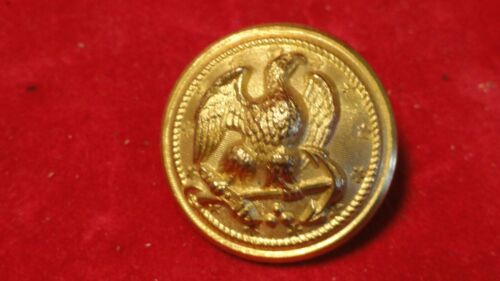

Unlike most free states, Lincoln won California with only a plurality as opposed to the outright majority in the popular vote. The Civil War split in the Democratic Party allowed Abraham Lincoln to carry the state, albeit by only a slim margin.

California was home for powerful businessmen who played a significant role in Californian politics through their control of mines, shipping, finance, and the Republican Party but Republicans had been a minority party until the secession crisis. Although they were a minority in the state, they had become a majority in Southern California and Tulare County, and large numbers resided in San Joaquin, Santa Clara, Monterey, and San Francisco counties.

The State of California did not send its units east, but many citizens traveled east and joined the Union Army there, some of whom became famous.ĭemocrats had dominated the state from its inception, and Southern Democrats were sympathetic to secession. Army units sent east, in the area west of the Rocky Mountains, maintaining and building numerous camps and fortifications, suppressing secessionist activity (many of these secessionists went east to fight for the Confederacy) and securing the New Mexico Territory against the Confederacy. George (likely Fort Ter-Waw, possibly Fort Dick), Fort Humboldt, Fort Jones, Fort Crook, Benicia Arsenal, Presidio of San Francisco, Fort Miller, Fort Tejon, Point Loma, and Fort YumaĬalifornia's involvement in the American Civil War included sending gold east to support the war effort, recruiting volunteer combat units to replace regular U.S. Military Department of California (1858) note the red flags marking U.S.


 0 kommentar(er)
0 kommentar(er)
